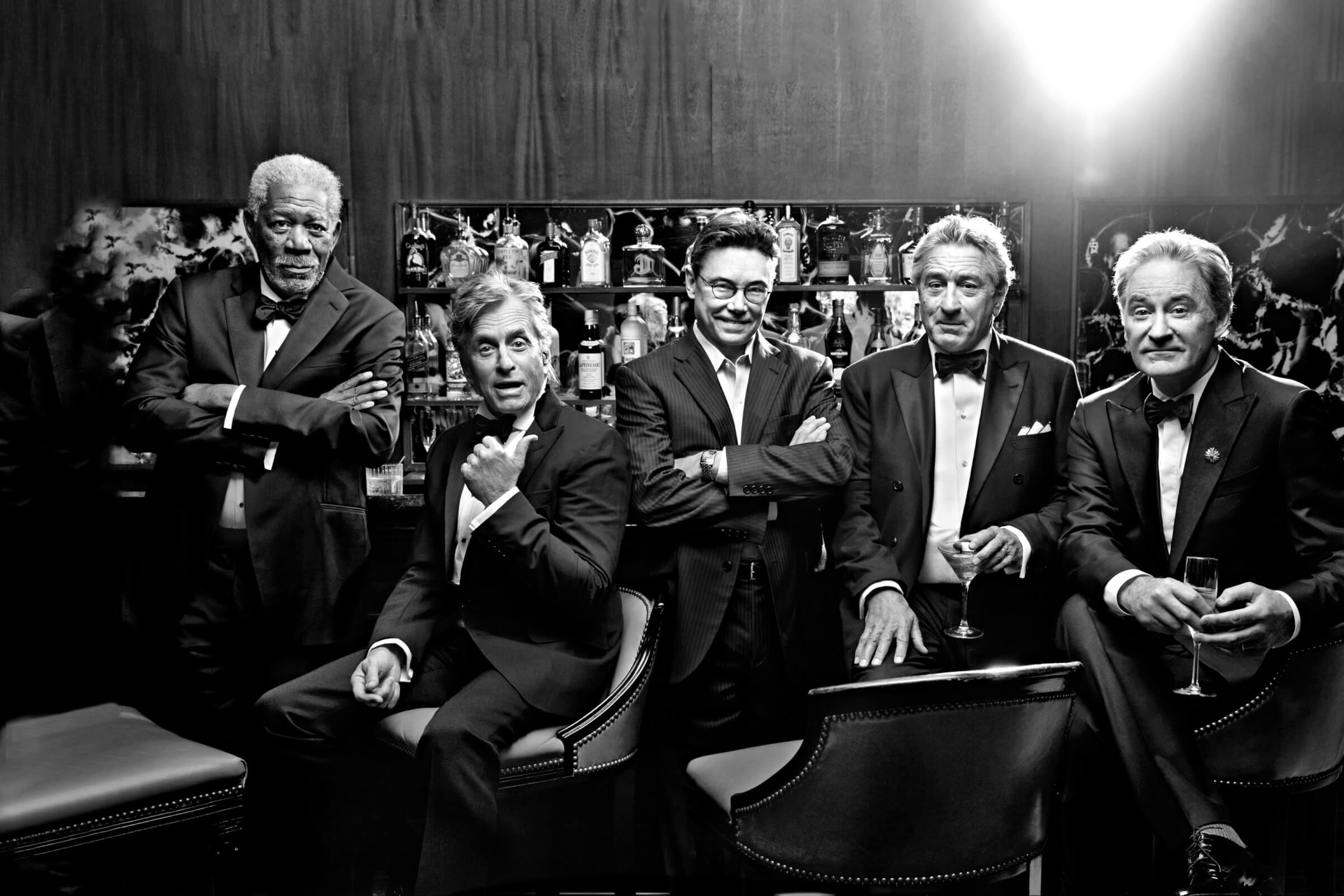BETWEEN US

Robert Love EDITOR IN CHIEF
Volunteers for America
They are the backbone of AARP’s important work

The red shirts are here: out in the streets, standing up for you.
YOU WILL have no trouble recognizing them. They’ll be there when they’re needed, in goodly numbers and bright red T-shirts, ready to fight for your interests. Who’s this “they”? AARP’s volunteers, who every day fan out across America, flooding the zone with calls, letters and visits to legislators when Social Security or Medicare is threatened, clearing the portals of progress for all Americans 50-plus.
AARP and AARP Foundation volunteers make a difference, and we have the receipts: They donate 9 million hours a year and save older Americans more than $1 billion a year through education, driver safety, fraud prevention and tax assistance.
Take fraud against older adults: It’s constant and massive, as much as $61.5 billion a year in losses, says the FTC. If you become the victim of a scam—or think you have—the AARP Fraud Watch Network offers trained volunteers to assist, whether you need emotional support or practical advice. Visit aarp.org/fraudfighters to find out more.
Volunteer instructors help drivers stay safe on the road (and save on insurance) with AARP’s award-winning Smart Driver course. Visit aarp.org/drivervolunteer to sign up to teach. AARP Foundation Tax-Aide, the largest free volunteer-based tax prep service in the country, trains and certifies volunteers to help older adults with low to moderate incomes complete and file their tax returns. Go to aarp.org/taxhelpers to get involved.
And there’s AARP Foundation Experience Corps, which trains volunteers over 50 to tutor elementary schoolers. It operates in 18 communities across the United States, and they’re looking for volunteers in all of them. Visit aarpfoundation.org/experiencecorps for information.
Till now, I have focused my AARP-related energies on my job, but that’s about to change (see “A Fond Farewell,” below). So if you come across a group of red-shirted AARP volunteers and notice my familiar face, come say hello!

My first cover, from left: Morgan Freeman, Michael Douglas, me, Robert De Niro and Kevin Kline
A Fond Farewell
AFTER 12 YEARS of editing this magazine—and its sister publication, the AARP Bulletin—I am stepping away to take on other challenges. Since 2013, I have had the privilege of leading a dedicated team of editors in our mission to deliver first-class journalism, from the latest news on health and personal finance to important, deeply reported stories. At Rolling Stone, where I began my long, strange trip into the heart of journalism, we saw the world through the lens of youth. In these pages, we reflect the world of Americans 50-plus, their wishes, hopes and dreams. And I have taken our message to heart: For me, and no doubt for you, the best is yet to come.
So I want to thank you, dear reader, for letting me know when we were hitting the mark and when we missed. It has been a pleasure curating this wonderful, unique magazine, designed and produced specifically for older Americans. The numbers suggest that I am leaving it to my colleagues in good shape. AARP THE MAGAZINE has maintained industry-high reader satisfaction scores for some time now (as has the Bulletin). You are holding in your hand the No. 1 magazine in the U.S. for seven years running, with the largest circulation and the biggest readership, at 38.9 million readers per issue.
And did I say it has been fun? I got to spend time with some of my heroes, including Bob Dylan, Bruce Springsteen and Helen Mirren. I interviewed officials who set the agenda for our country, including Barack Obama, Hillary Clinton, Joe Biden and Donald Trump (twice).
Now I’ll be looking for ways to stay engaged with you and the association as it continues to fight for what we all believe in—a better future for all.

From top: Susannah Kay, Zelman Studios Inc. (3), Art Streiber